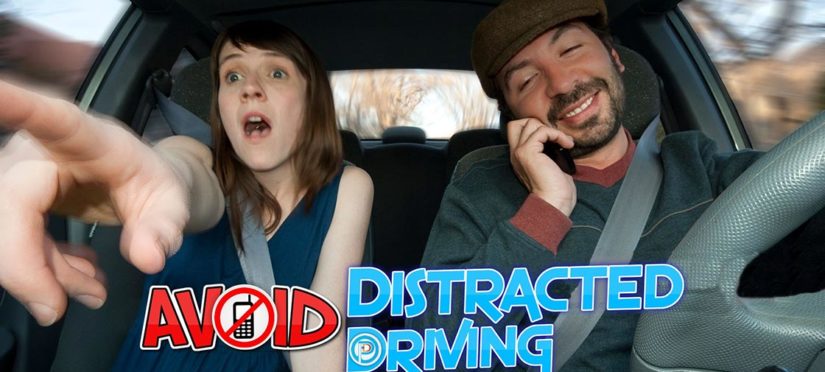Freedom is driving, except with driving, comes common responsibility. Unfocused driving is one of the most serious problems on the road today. NEW Every time you drive, your eyes, ears and brain are the most important tools you have to keep you safe every day, whether you’re a novice or master behind the wheel.
Why Teens Are Most at Risk
Teen drivers may statistically be at a greater risk for distraction due to their lack of experience. One in three teenagers who text says they have done so while driving. Research shows:
- Speaking on the phone raises the risk of crashing 6x
- Texting increases it by 23x
- Conversation is distracting and slow. Other studies back that up; talking or texting has been shown to reduce critical reaction time for hazards.
Teen drivers are also susceptible to passenger distractions, eating, use of make-up and changing music that create dangerous situations.
Types of Distracted Driving
Distractions fall into three categories:
- Visual: Taking your eyes off the road (e.g., looking at a phone or GPS)
- Manual: Taking your hands off the wheel (e.g., eating, adjusting controls)
- Cognitive: Taking your mind off driving (e.g., daydreaming or heated conversations)
1. The Real Consequences of Distracted Driving
The effects of distracted driving are far-reaching:
- Minor to severe accidents
- Fatalities
- Emotional trauma for families and communities
Every day in the U.S., around 30 people die in alcohol-related crashes—many involving distraction as a contributing factor.
2. Everyone Has a Role
- Parents: Set rules and lead by example
- Teens: Avoid peer pressure; focus on the road
- Instructors: Reinforce focus and hazard awareness
- Employers: Encourage safe driving policies for staff
It’s a collective effort. Everyone has a part in reducing distraction-related crashes.
3. Tips to Stay Focused
- Silence or stow your phone before driving
- Pre-set GPS or music
- Pull over to eat or adjust controls
- Take driving breaks during long trips
4. Teen Driving Lessons: A Foundation for Safety
Structured driving lessons help teens understand:
- Road laws
- The dangers of distraction
- Defensive driving techniques
Schools reinforce safe habits early on, building confidence and alertness.
5. Adult Driving Instruction: Leading by Example
Refresher courses benefit adults by:
- Updating them on new laws
- Reinforcing best practices
- Modeling safe behavior for younger drivers
Adults are role models—they must act like it.
6. Defensive Driving Courses
- Recognize and anticipate hazards
- Maintain a safe following distance
- React calmly in emergencies
- Avoid aggressive driving zones
These programs go beyond basics, helping drivers of all ages stay sharp.
7. The Importance of Test Preparation
Practicing for the driving test is more than just driving. Learning how to block out distractions is crucial. Proper training can alleviate test anxiety and encourage safe driving behaviors for life.
8. Learn Your Lessons Online: Flexible and Convenient
- Learn anytime, from anywhere
- Self-paced learning
- Ideal for busy teens and adults
- Reinforces distracted driving awareness in digital formats
Final Thoughts
Distracted driving is something that we must learn to avoid all the time, not just some of the time. It takes education, practice, and a culture

